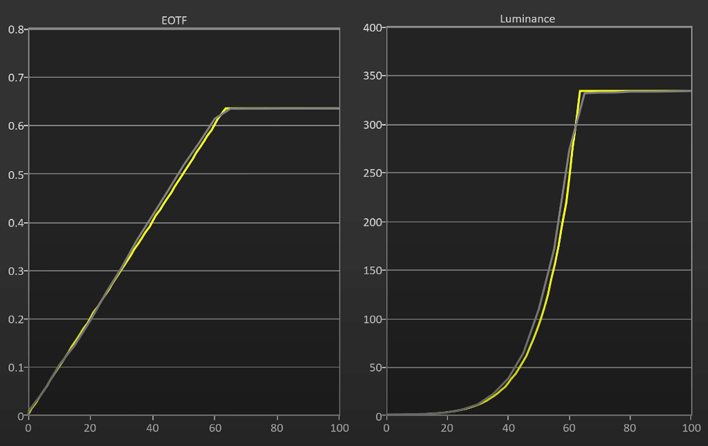MSI's EOTF Boost Mode Gives Its OLED Monitors A Big Brightness Upgrade
MSI says it'll begin rolling out the mode as standard in its upcoming OLED displays, as well as provide firmware updates for its entire existing OLED lineup, per a Reddit post by the MSI technical marketing team. In a welcome nod to transparency, the post even links to a video by the Monitor Unboxed channel, displaying how the feature works.
As I have personally attested when I had a first-gen ASUS OLED monitor that I ended up returning, brightness fluctuations when playing in HDR mode can be violently distracting, not only when transitioning from dark to bright areas, but also when in a standard-lit area and looking at some bright clouds. You could almost hear the monitor go "oof" as the picture dimmed. Some contemporary OLED monitors do this a bit better, but the base problem still remains, as panel manufacturers force this limitation to keep power draw and heat in check.

Great results even in the worst-case scenario of Monitor Unboxed's Mystery Pattern.
Every HDR display has what's called an EOTF (Eletro-Optical Transfer Function), the technical name of the brightness mapping that dictates how bright the panel will be depending on the source image. In an ideal world this is linear all the way up to the panel's maximum brightness, but the world is far from ideal. MSI's engineers came up with a clever trick to help with brightness fluctuations by making the dark and mid-tones of the picture brighter before they go to the panel, thereby perceptually making it brighter although the panel itself is at the same brightness level.
In fact, an iPad Pro with an IPS display does exactly this in reverse; since it has a terrible base black level, when you turn the brightness down, it'll actually bring the backlight down but make the source image brighter to compensate. It's pretty clever and unnoticeable for the most part, save for specific scenes. If you watch the video, you'll notice that MSI's EOTF Boost still has some limitations, particularly in dark-to-bright transitions, but it's certainly a welcome improvement. Also, this is the first attempt at this feature, so it's only likely to improve with time, maybe reaching Apple levels of quality. MSI's move will certainly spur other manufacturers to try their own versions of it, improving the brightness of OLED monitors overall.
Thanks to Videocardz for the heads-up.

